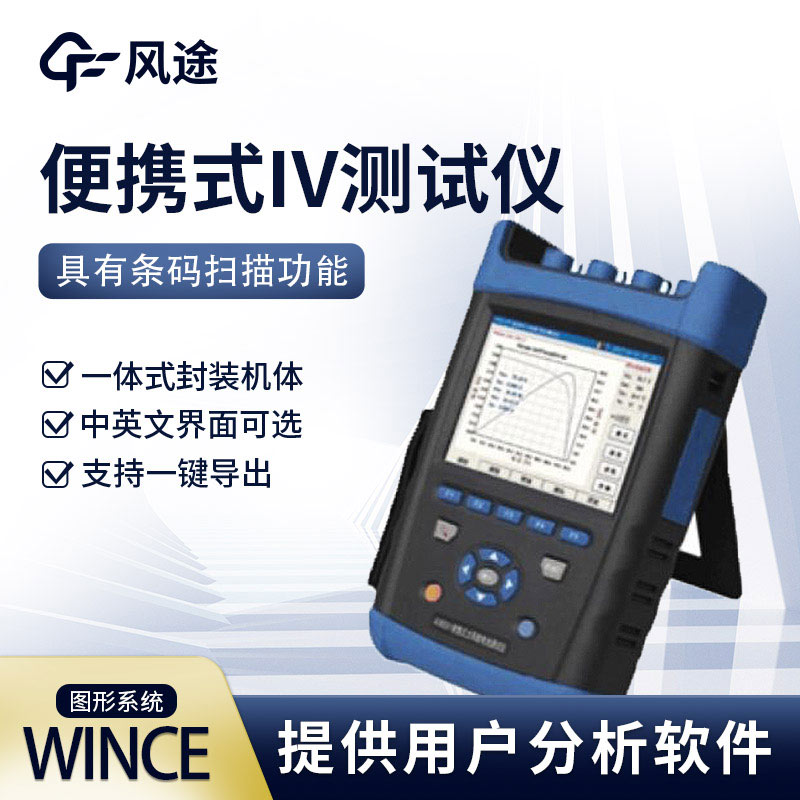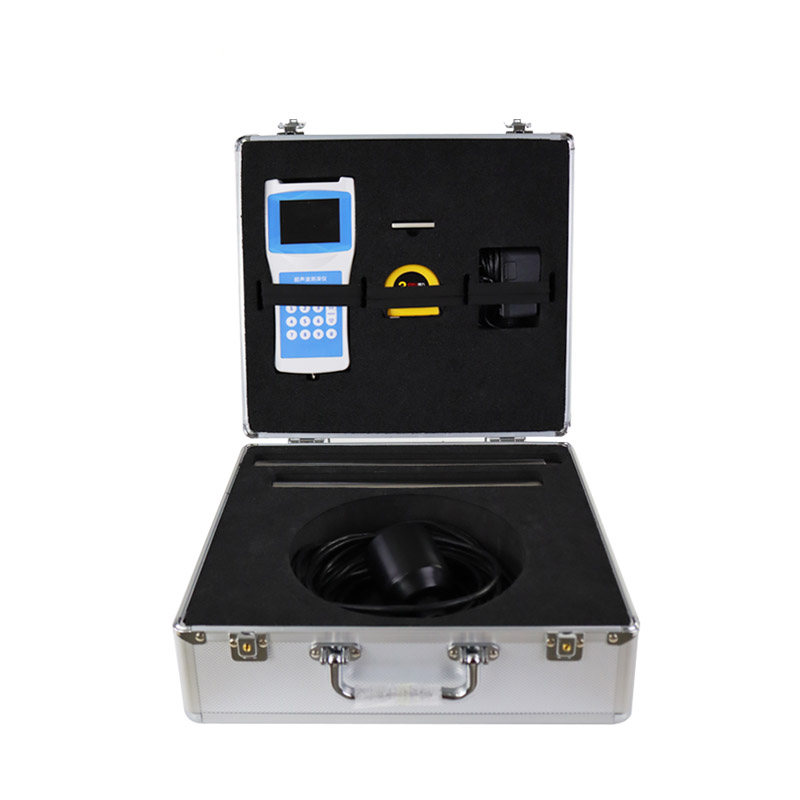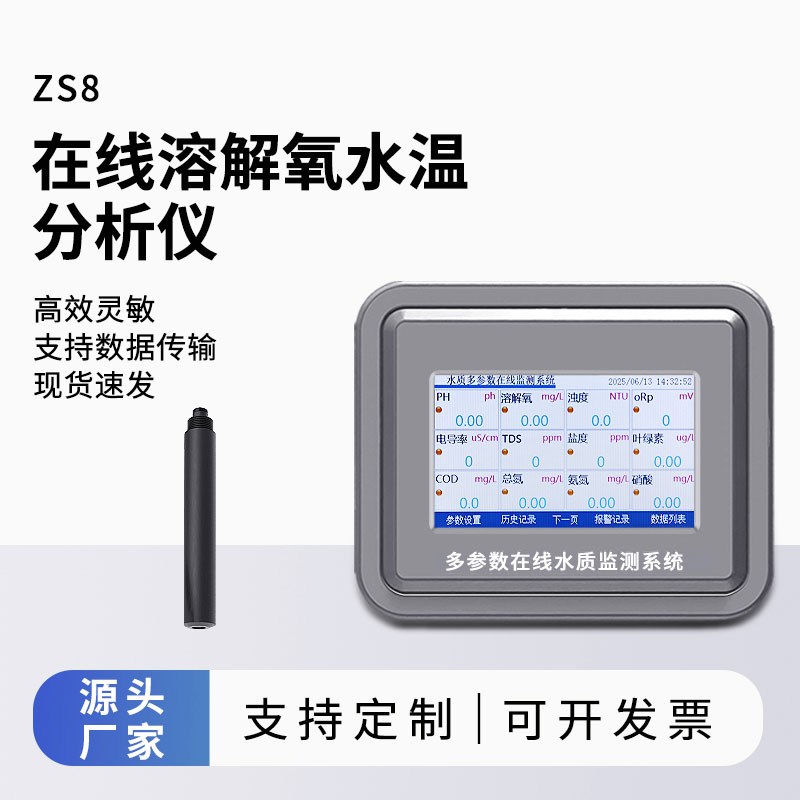Solar energy, a rapidly growing renewable energy source, is rapidly decreasing in cost as technology continues to advance, making it an attractive and cost-effective energy option. Effective operation and maintenance (O&M) management is essential for the successful construction of a PV plant.
Checking the I-V performance curve is an essential step when operating and maintaining a PV plant. When modules are shipped from the factory, different manufacturers may provide performance data based on laboratory tests or actual delivery. Over time, the performance of modules may degrade in actual use. The I-V curve test allows us to quantify the extent of the performance degradation, determine whether the expected power generation is achieved, and verify that the module meets the factory standards. This test helps us to understand the actual power generating capacity of the module and ensures the efficient operation of the power plant.
To determine if a PV module is generating normal power, we need to see if the I-V curve is smooth and free of abnormal fluctuations. A smooth curve shows that the module's performance is continuous and consistent.
Using this curve, we can measure the module's short-circuit current, open-circuit voltage and maximum power. These measurements are then converted to power under standard test conditions (STC) so that we can assess whether the module meets the performance criteria specified by the manufacturer. If the converted power values meet or exceed the standards, then the module is considered to be generating normal power. This process provides a scientific method to verify that the module meets its performance requirements.
Currently, testing of PV modules is usually performed at the time of manufacture, installation or annual maintenance, and the general practice is to sample 10 modules per MW. Some state-of-the-art inverters have the ability to automatically test the I-V characteristic curve of the module, which can be monitored centrally through the system's backend. However, such background testing is usually string-based and cannot accurately identify specific faulty components, and therefore has limitations in troubleshooting.
In contrast, sampling of components for I-V characteristics can identify abnormal performance components in a more detailed manner. This approach provides more accurate data to help us identify and locate problem components for more effective troubleshooting and maintenance.
The portable iv tester detects multiple indicators such as shadow effect, dust effect, performance comparison, fill factor, IV curve, maximum power and its voltage and current, irradiance, temperature, PV curve, conversion efficiency and power generation.
This device is designed to be simple and easy to operate for quick test results. It is equipped with high-precision load and irradiance meters and IV curve analysis software to clearly analyse cell performance.

This paper addresses:https://fengtusz.com/industry/311.html









